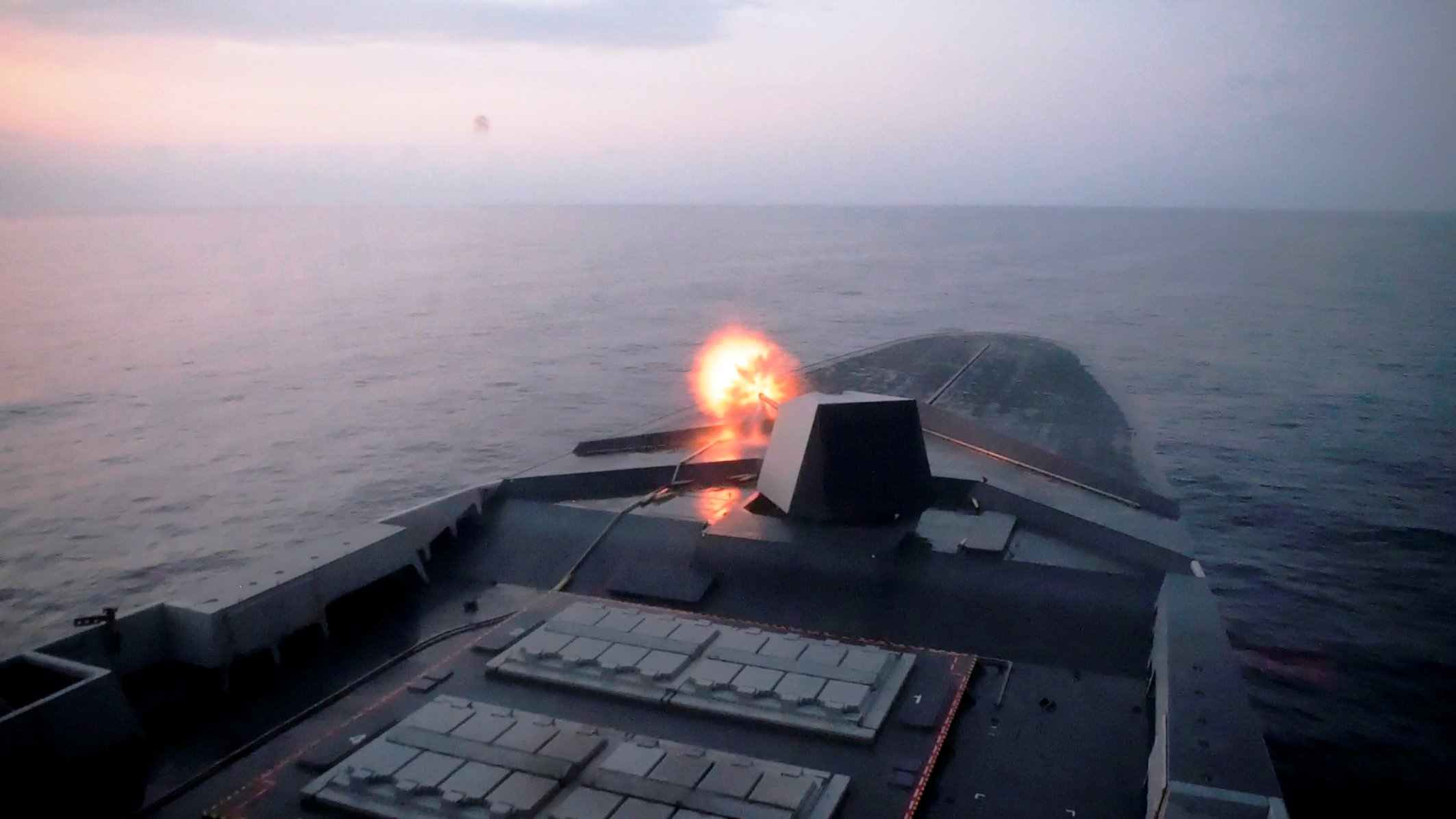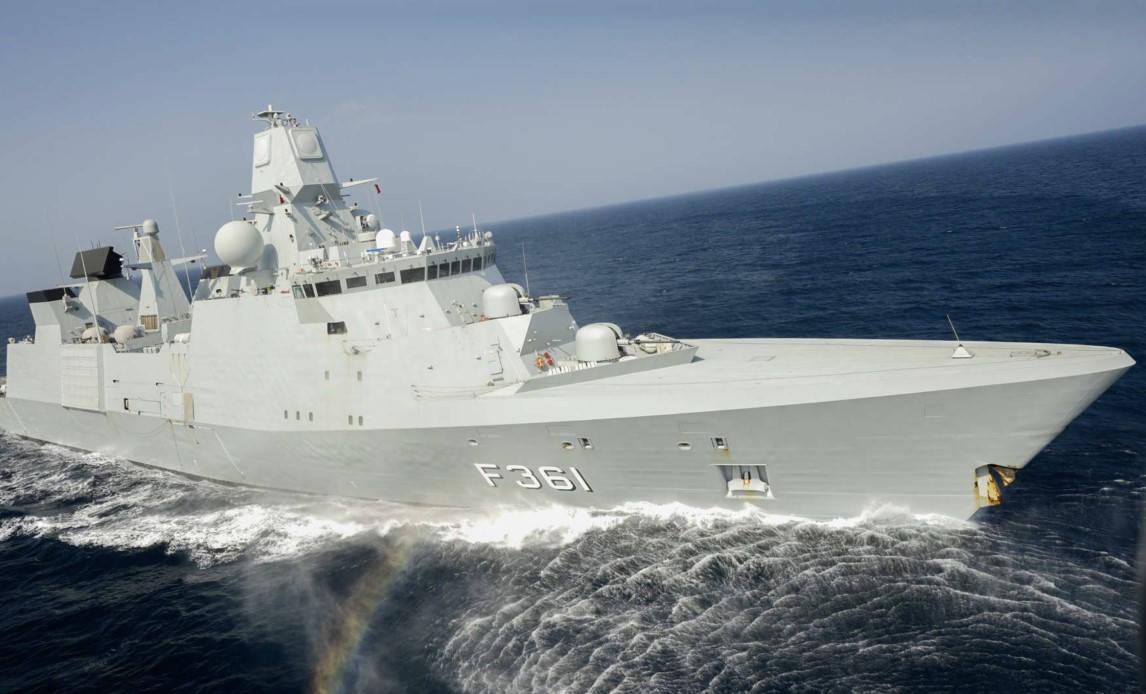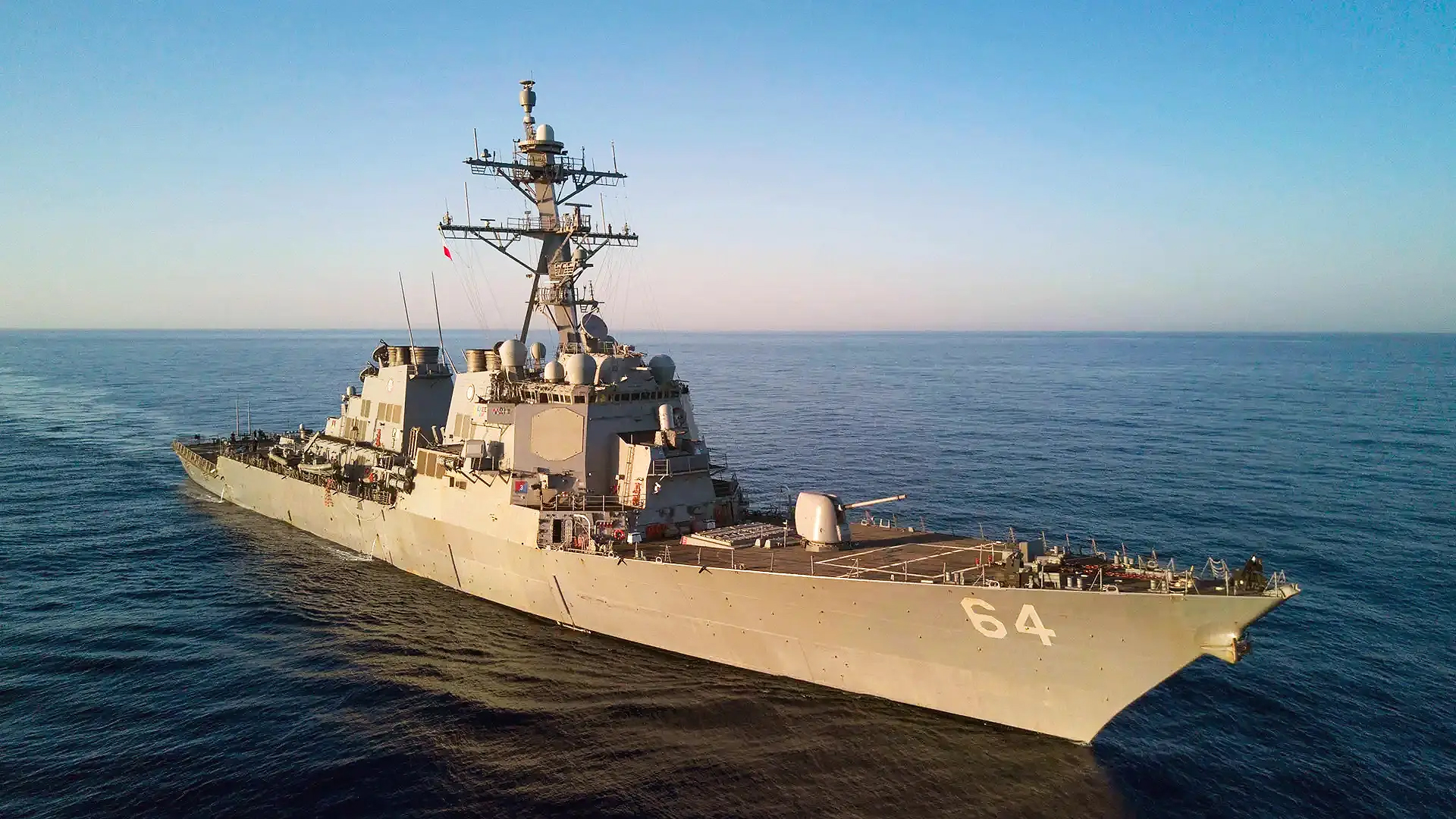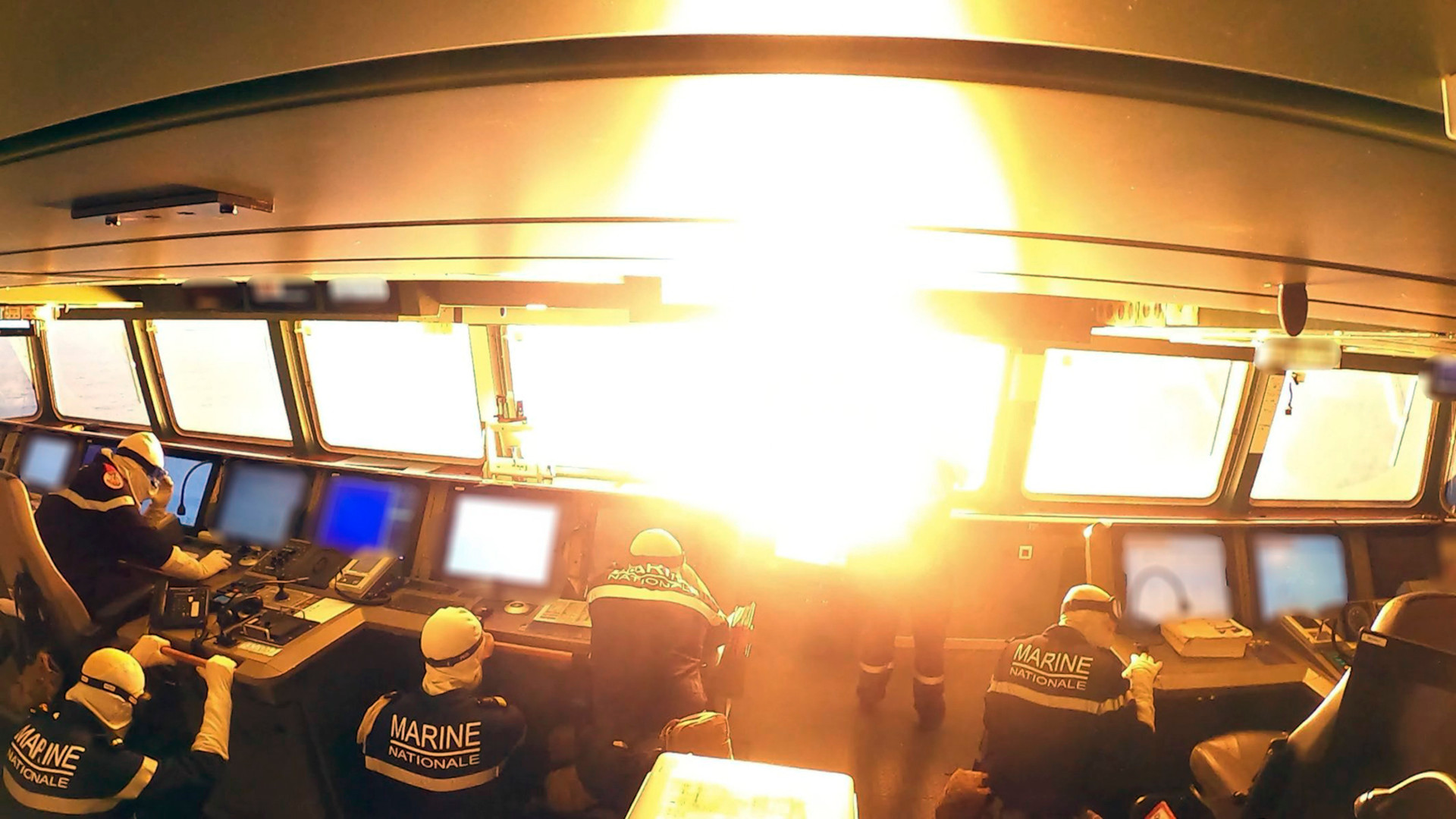Even after weeks of opportunistic strikes against time-sensitive Houthi targets — usually in the form of missiles and drones being prepared for launch — the group fired 28 drones at targets around the Bab el-Mandeb Strait that separates the Red Sea from the Gulf of Aden. U.S. Central Command subsequently released a statement saying that none of the drones hit their mark and were shot down by allied ships and aircraft. Regardless of the success of this onslaught, it is a very clear sign that the Houthis have no intention of curtailing their attacks on shipping and that the growing coalition of warships and combat aircraft are stepping up to meet that challenge head-on.
There are currently two naval task forces operating in the region. These include the U.S.-led Operation Prosperity Guardian, which includes the U.K. and other international partner forces, and the E.U.-centric Operation Aspides (shield) which is made up of French, Italian, German, and Greek surface combatants and other capabilities.
As it sits now, we know multiple assets from multiple nations engaged the drones. The French shot down four drones, according to a press release.
France’s Ministry of Defense released a statement saying French fighters were involved in defending their frigate from the drones. This likely is referring to French tactical jets, Mirage 2000s or Rafales, that would be forward deployed to the region, with the country’s forward base in Djibouti being the most logical location.
An image posted by the French MoD shows an Aquitaine class frigate, the FS Alsace, firing its 76mm Super Rapid deck gun — which is already established as well-capable of downing Houthi drones — with a puff above the horizon. Other images include a vertical launch system firing an Aster-15 missile, as well as a still frame from a Forward Looking Infrared (FLIR) system.

Clearly, there were multiple firsts in this engagement for the French, but that can also be said for the Royal Navy.
The U.K. Ministry of Defense says that HMS Richmond, a Type 23 frigate on station around the Red Sea, shot down two drones with Sea Ceptor missiles. This would be the combat debut for the advanced intermediate-range surface-to-air missile.
Meanwhile, the Danish frigate Iver Huitfeldt also got in on the action, shooting down four drones. A government release quotes the frigate’s captain as stating the following:
“At a little after 04:00 local time, we recognized a drone which was heading towards Iver Huitfeldt and the surrounding ships. After making sure it was an enemy, we engaged and defeated it. Over the next hour this happened three more times.”

“With my crew, I feel great enthusiasm and relief that they were able to act professionally in the face of a serious threat like this, and as ship’s commander I am very proud of their efforts. It leaves me feeling confident about the future task resolution down here.”
The class-leading Iver Huitfeldt is well-armed for area air defense, with 24 intermediate-range-range RIM-162 Evolved Sea Sparrow Missiles and 36 medium-to-long-range SM-2 Block IIIA Standard Missiles. It isn’t clear at this time exactly what was used to down the drones.
Just between the United Kingdom, France, and Denmark, that is 10 drones accounted for out of the 28 shot down. Per CENTCOM’s statement, U.S. ships and/or combat aircraft also shot down a number of drones. Other allies may have done so, as well.
The Houthis have released a statement that says a total of 37 were launched. Where the missing nine ended up isn’t clear, but their not making it to their target area due to malfunction is a logical guess. No ships have been hit by Houthi weapons in the last 24 hours.
It seems that the arrival of elements of the EU-led task force in the region came just in time to help defend merchant ships against this high-volume attack. On the other hand, it also appears that some of the drones used were directly targeting allied warships. It’s also worth remembering that the Houthis could turn their missile and drone arsenal on U.S. and coalition infrastructure, assets, and personnel on land throughout the region. As we stated months ago, America’s sprawling base in Djibouti, which sits right across a runway from France’s installation in that country, would be of the utmost concern. This is true now more than ever. While coalition warships and aircraft are protecting shipping traveling through this critical maritime artery, they are also providing screening against just this kind of potential attack. Similar operations shot down dozens of drones and long-range missiles the Houthis fired at Israel during the opening stages of the ongoing crisis.
One thing that is of major concern is that, for the most part, these coalition ships do not have robust anti-ballistic missile capability. America’s Aegis-equipped surface combatants that do are likely to be tasked to protect these vessels from such attacks. This crisis marked the first use of anti-ship ballistic missiles in combat, which you can read more about here.

While Houthi anti-ship ballistic missiles are on the lowest end of the capability spectrum, and may be able to be engaged by ships that do not have discrete anti-ballistic missile capabilities, but only in very limited circumstances, if any. One of these weapons hitting a coalition warship could have huge ramifications. Still, there are limits to the area even an American Aegis-equipped destroyer can protect against low-end ASBM attacks.
This rash of engagements is also a reminder of just how fast very expensive missiles can be gobbled up by cheap drones, even those fired by a non-state actor. You can read all about this issue in this past special feature of ours.
On the other side of the coin, this is incredible real-life experience for naval forces in dealing with this class of threat on a large scale, in a full-on coalition warfighting environment, and a very complex one at that. The lessons learned and experiences these crews are generating, albeit at significant risk, cannot be replicated in training and will have major impacts for months and years to come.
Contact the author: Tyler@twz.com
